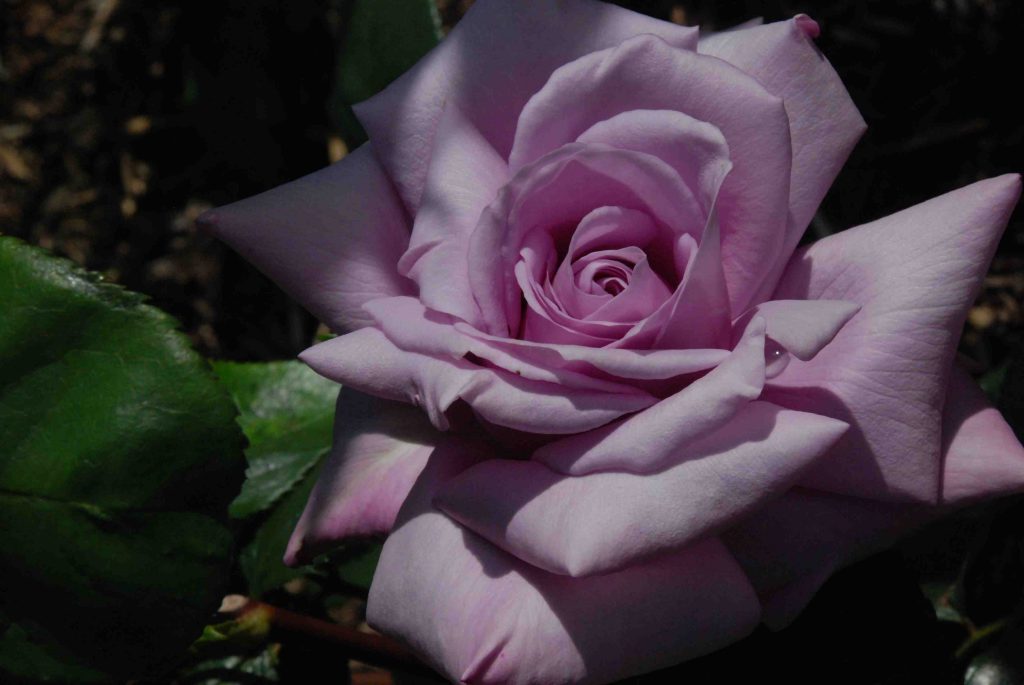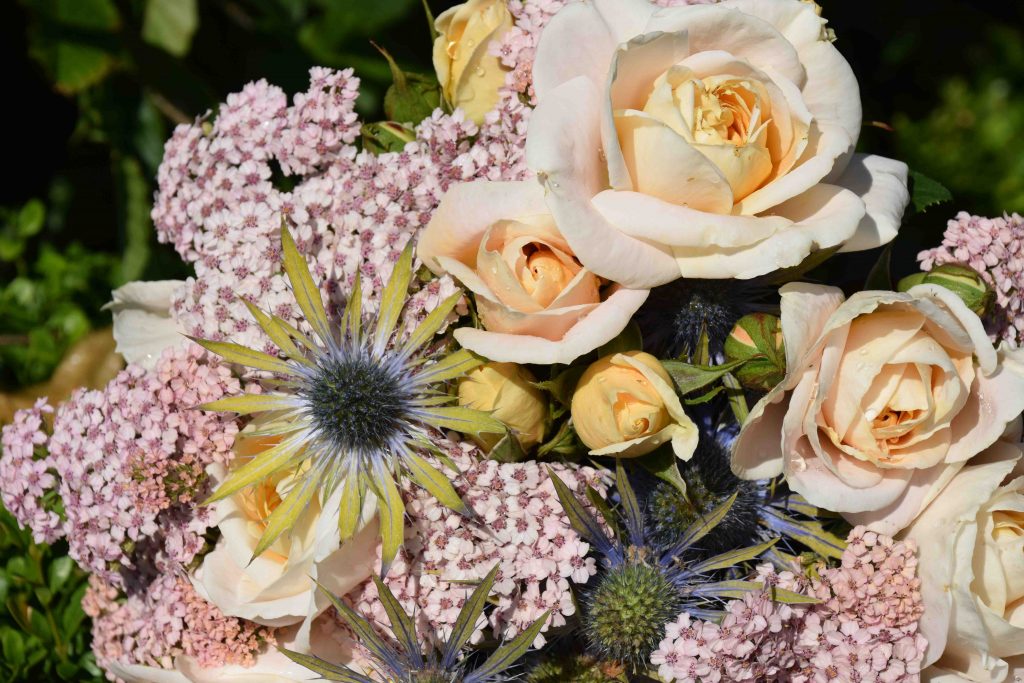
I can’t imagine a garden without roses. Whenever I say or write that I find I have to spend the next five minutes or 300 words justifying myself. People have such strong views on them. I know all about the problems with diseases, the aphids, the prickles. But I counter that with the fact that here is a shrub that flowers for at least four months, is often scented, and if you choose carefully, need not be prone to disease.
Roses have changed a lot since I started gardening. In my old days at Knights we had bare-root roses for sale in autumn. They were plunged into beds of peat and largely bought when dormant. When people came in for roses we had to go out the back, pull them from the beds and put them into bags for customers to take home and plant immediately. This was not a time of impulse gardening. And we did not offer shrub roses, English Roses did not exist and most were Hybrid Teas or Floribundas. ‘Peace’ and ‘Ena Harkness’ dominated the selection.
But times have changed and the roses we can plant now are far better. I know that many people want to grow these old favourites but they are not as easy to grow as they used to be. This is not a fault of the roses, just of their breeding. They were bred at a time when air was frequently polluted with coal smoke, containing sulphur which is a natural fungicide and they were also introduced when most gardeners were happy to spray chemicals onto their garden whenever the need arose.
Rose breeders set to work to introduce roses that were resistant to disease and they have had great success. The early attempts did have deficiencies in that they often did not have much scent but things are much better now and the most modern roses are fantastic plants. I still see the old ‘Blue Moon’ for sale. It is one of my favourite roses – silvery blue and intensely fragrant. It also has the benefit of few thorns, making it perfect for cutting. But it is one of the worst roses I have ever grown for disease. Now we have ‘Twice in a Blue Moon’ (above) which looks and smells just the same but is rarely affected by disease – I love it and have it in my own garden.
I like my roses to be fragrant but I accept that if they have other good qualities I can accept lack of scent. For this reason I recommend the FlowerCarpet roses. For many people they are not proper roses and certainly, compared with good old ‘Ena’ they are not. Their flowers are small and only barely scented but what they do provide is a low shrub with healthy foliage and masses of flowers. I have planted the original, vibrant pink in most of my gardens and I will plant one here too. I have never seen blackspot or mildew on any of my plants and it has the longest flowering period of any rose I have ever grown. Think of it as a long-flowering shrub and not a rose and you cannot fail to be impressed by it.

We can also buy roses in pots, in bloom, which make perfect gifts. I would always recommend buying them when dormant or planting in autumn but potted roses do make perfect gifts.
Jobs for the week
Roses love rich living but they are lazy and their roots won’t go looking for nutrients. So we have to feed them. The best times are in March or April, soon after pruning, and in July after the first flush of flowers. But it is never a bad time to feed so, if you have not fed yet, do so now.
Watch for blackspot. This fungal disease, like all fungal diseases, is more likely to feed sickly roses so feeding will help prevent it. But this is one time I will use fungicides. As soon as you see the first signs of the disease you must spray. Fungicides do not remove disease that is already present – they prevent further infection. So if you have a rose that is prone to the disease you need to spray to prevent infection. If you use a fungicide that does not include an aphid killer it should not pose any risk to wildlife.